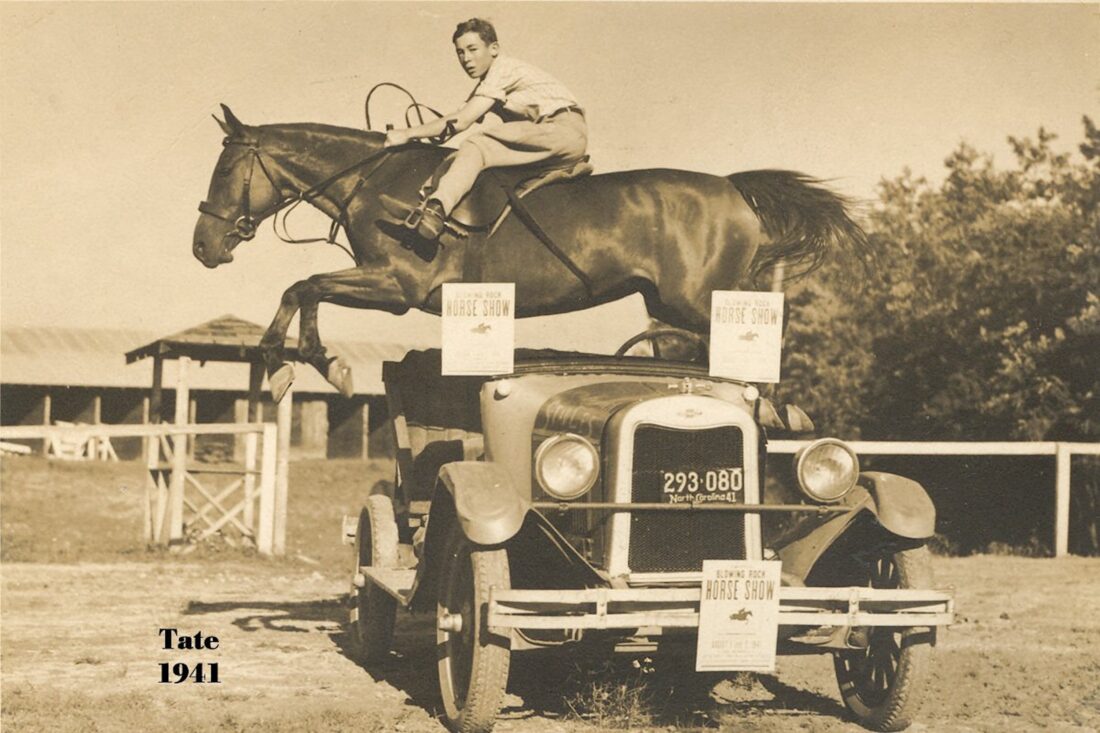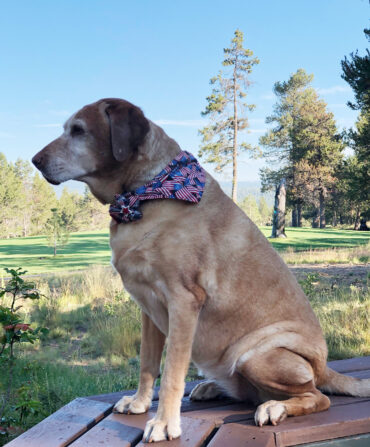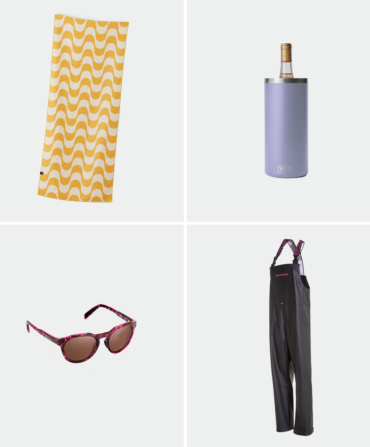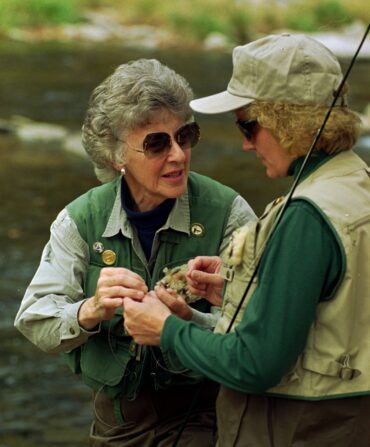Every summer since 1923, the tiny Blue Ridge Mountain town of Blowing Rock, North Carolina, welcomes horse lovers and their families from near and far to an annual show. Through recessions, depressions, gas rationing during World War II, foul weather, and most recently the COVID pandemic, the Blowing Rock Charity Horse Show has existed long enough to claim the title as the oldest continuously operating horse show in the United States.

Visitors come for the laid-back vibe, strolling through the venue’s flower-lined walkways, chatting with longtime friends, shopping at the vendor booths featuring local artisans, or catching the action from the towering grandstand. Children line the rails, peering into the ring to cheer on their favorite competitors.
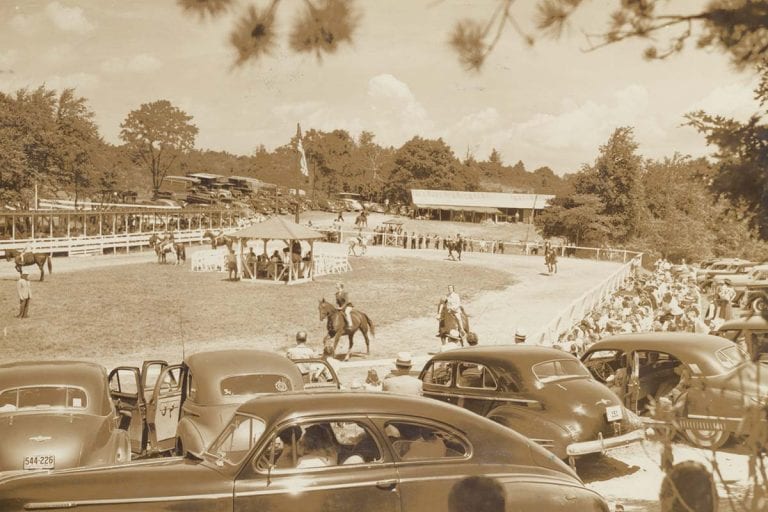
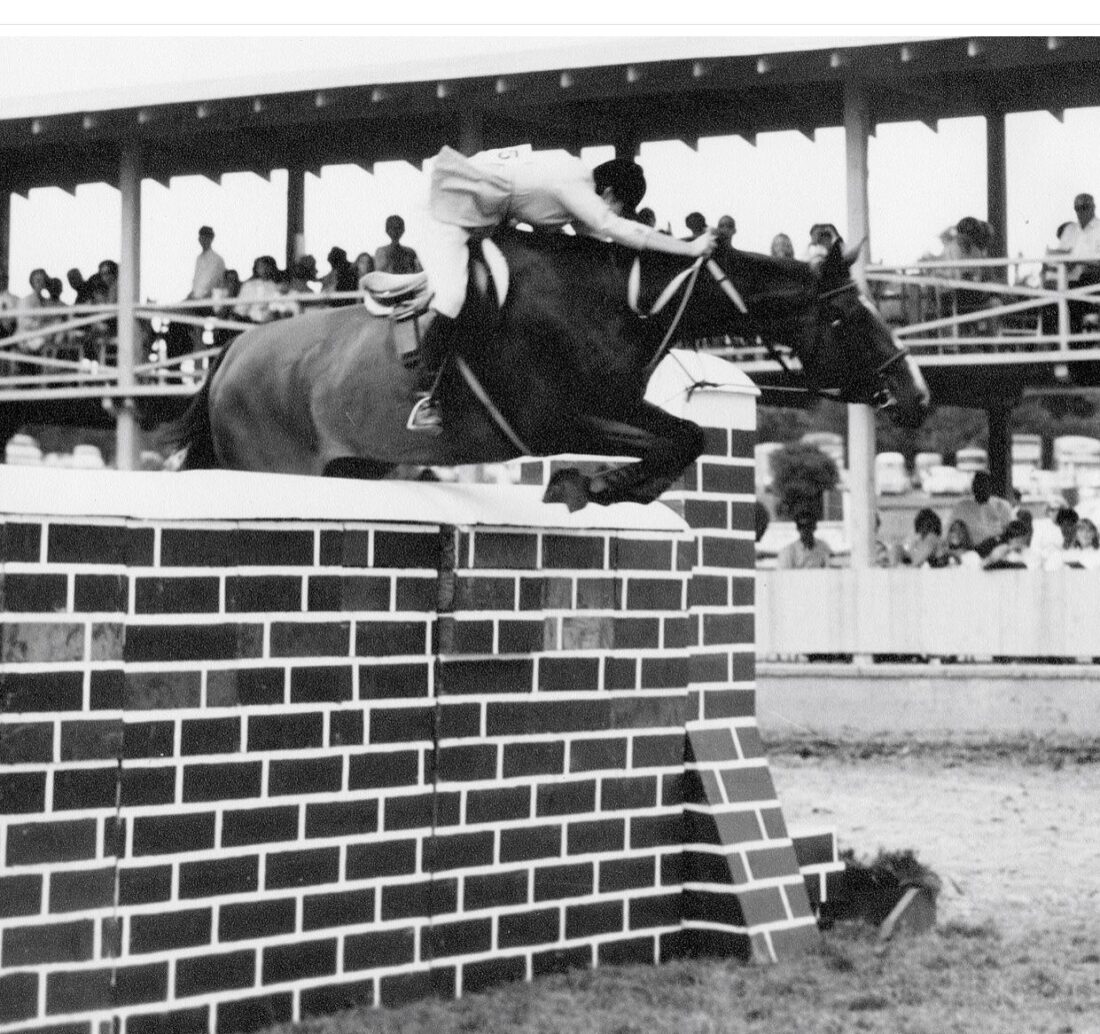
What began as a rowdy event in the late 1800s—mainly with games on horseback designed to entertain guests at the local Green Park Hotel—has morphed into a must-visit destination for equestrians from all over the Southeast. In 1923, Lloyd M. Tate, a horseman from Pinehurst, North Carolina, took over the reins and held the first official Blowing Rock Horse Show on Green Hill Road, a short distance from the hotel. The show assumed a more formal structure with rules and decorations that were appropriate for an official summertime sporting event, though Tate was adamant that it would always remain a “fun” show.
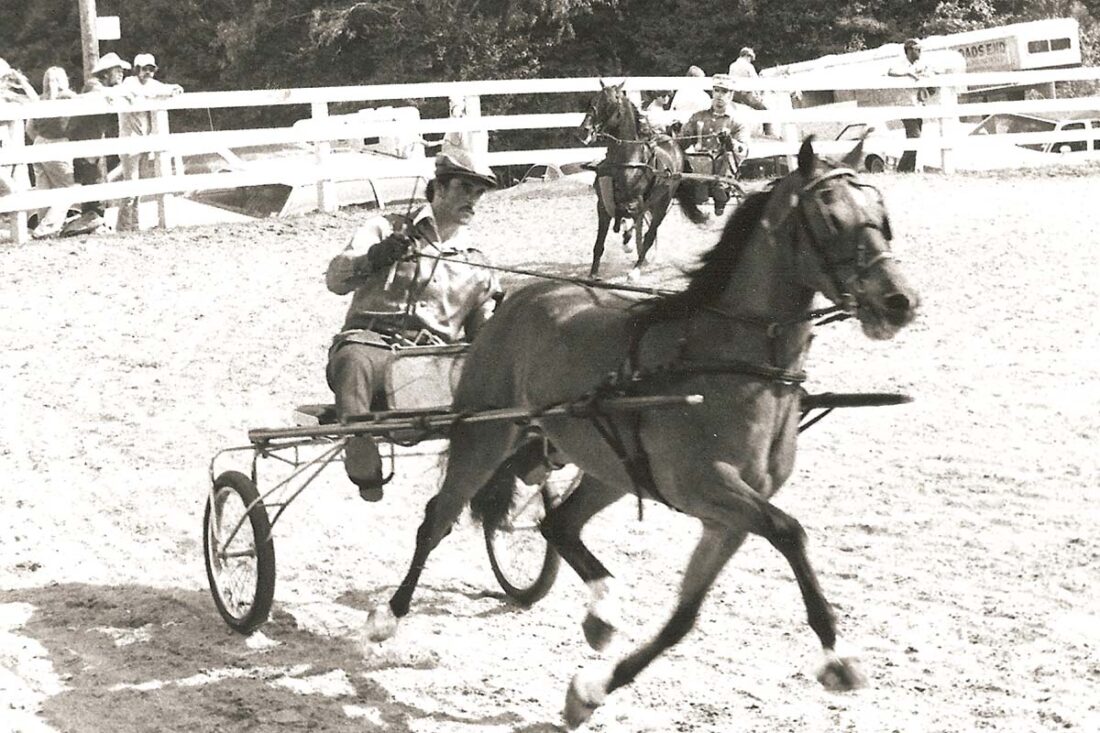
In 1934, the show found a new permanent home, thanks to Thomas H. Broyhill, who sold one thousand acres to the Blowing Rock Charity Horse Show Association for the tidy sum of one dollar. To this day, the venue—now known as the Broyhill Equestrian Preserve—has remained unchanged. The show’s original format consisted of five days; however, it has since evolved into a three-week event at the L. M. Tate Showgrounds on the Preserve.
A not-for-profit foundation owns and manages the event and its showgrounds. The money from ticket sales, entry fees, box seat sales, and sponsorships goes toward several local charities, including the fire department, rescue squad, humane society, and Appalachian State University Equestrian Team.
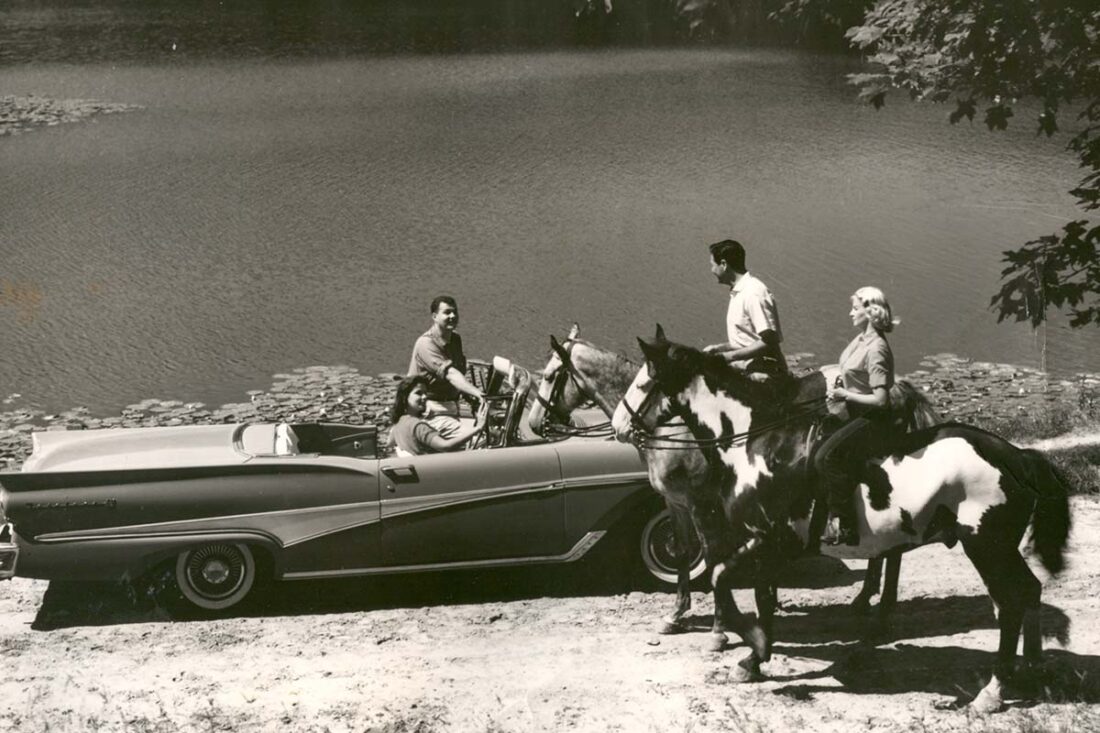
The show has also always been managed entirely by local volunteers. “We have never employed full-time staff,” says Burr Collier, Blowing Rock Charity Horse Show Foundation President. “Most of us who are involved with the show do something for the show every day. I think that is what sets us apart from other American horse shows and what makes us a little different from other meaningful projects with which we share our special village.”
Over the generations, the event has grown into a key component of Blowing Rock’s summer. “No other single event has drawn so many people here for so long,” Collier adds.
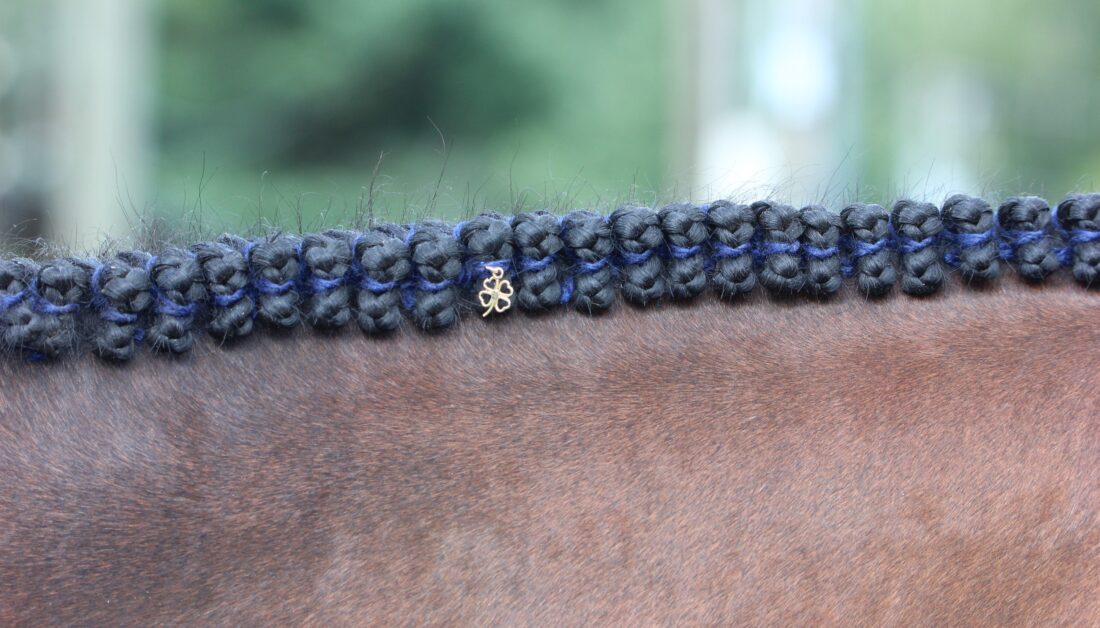
My own family has been part of the equestrian crowd drawn to the historic venue. Back in the 1960s and 70s, my mother, Alicia, her mother, Alice, and her sister, Ginny, packed up their RV and little tagalong horse trailer and trundled out to the mountains from their farm in Charlotte. They’d park ringside and Ginny would compete in the children’s classes on a dapple gray pony named Dublin (who, many years later, became my first pony). My mother would show in the jumping classes, often on a white-faced and athletic (though rather opinionated) Thoroughbred named Booster. “He was the only horse who could toss me a full 360-degree flip into the air from a standstill,” she admits. “I always landed right on my butt.”
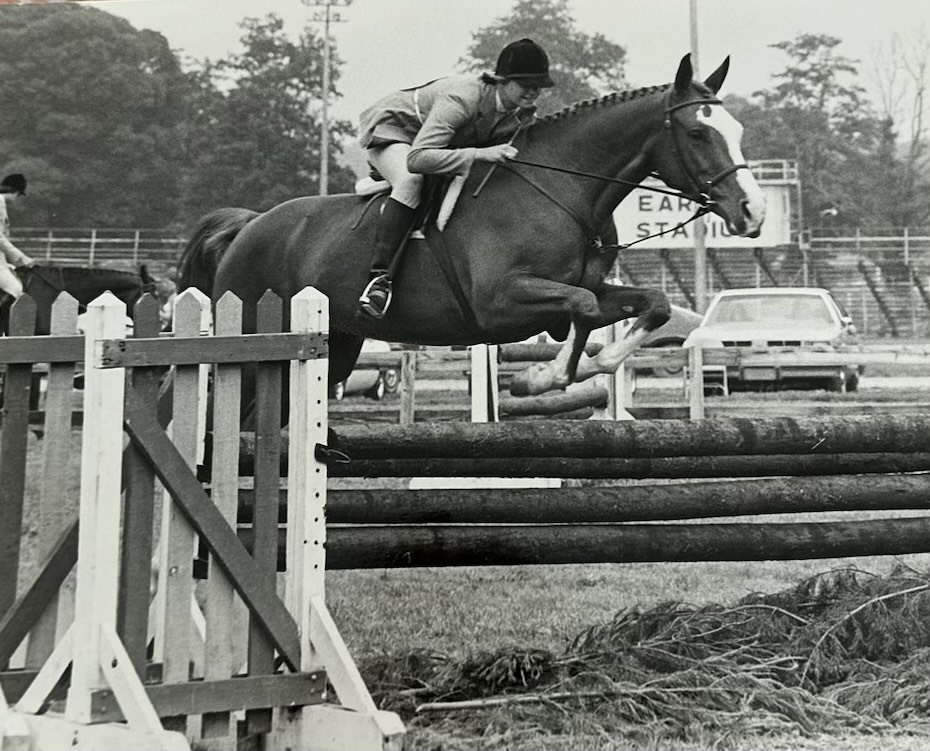
This year for the first time, I’m carrying on our family tradition of trekking out to Blowing Rock. Though I’ll be dragging along my corgi and Jack Russell instead of my pony, it still feels special to share the experience with my own daughter—maybe one day she’ll show there, too, like her grandmother did.
When I reached out to BRCHS about attending, Sally Kay, one of the show’s volunteers and a board member who competed there during the same era as my mother, asked, “Hey, did your family have a cute gray pony named Dublin?” What a small world, I thought…and what an incredible memory. But then again, there’s something about experiencing small-town events as a youngster that sticks with you, decades later.



